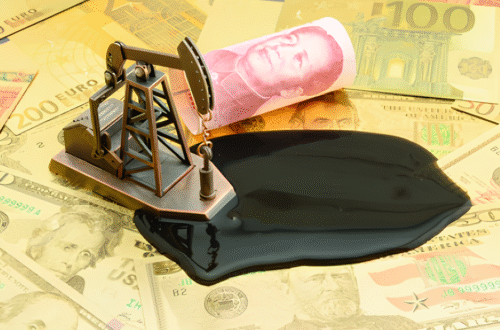
“Not If, But When”: Preparing for a U.S. Power Grid Failure
The notion of a complete or large-scale power grid failure in the United States might sound like science fiction—or conspiracy theory. But experts in national security, cybersecurity, and energy infrastructure warn: it’s not a matter of if the U.S. power grid will experience a significant failure, but when.
In recent years, weather events, cyberattacks, aging infrastructure, and supply chain vulnerabilities have pushed our grid closer to the edge. This blog will help you prepare for a grid-down scenario with facts, practical steps, and resources to keep you and your family safe.
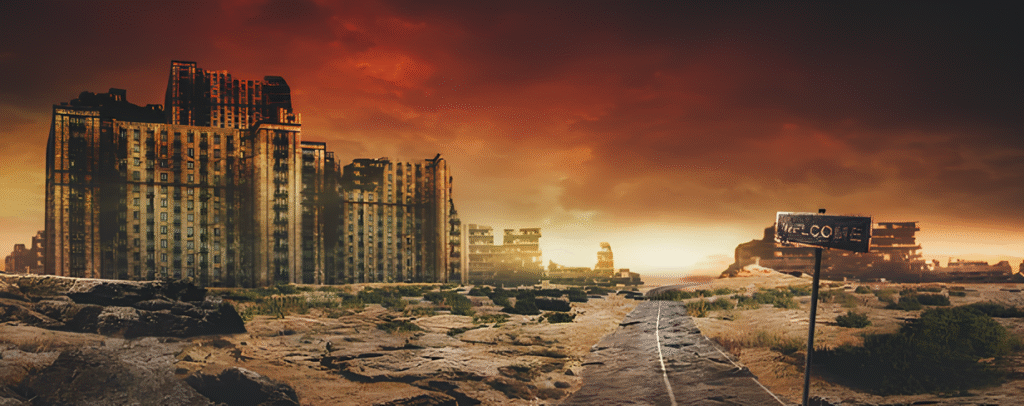
⚡ Why the Grid is Vulnerable
The U.S. power grid is a vast, interconnected network composed of three main grids:
- The Eastern Interconnection
- The Western Interconnection
- The Texas Interconnection
Each system powers different regions of the country. Though generally reliable, these grids are increasingly strained due to:
1. Aging Infrastructure
- The American Society of Civil Engineers (ASCE) gave U.S. energy infrastructure a C- grade in its 2021 report.
- Many components of the grid, such as transformers and transmission lines, are 25–50+ years old.

2. Cybersecurity Threats
- The Department of Energy and FBI have reported growing concerns over cyberattacks on energy infrastructure.
- Russian and Chinese hacker groups have probed U.S. utility companies for vulnerabilities.
- In 2022, a cyberattack briefly shut down a water system in Florida—showing how real the threat is.
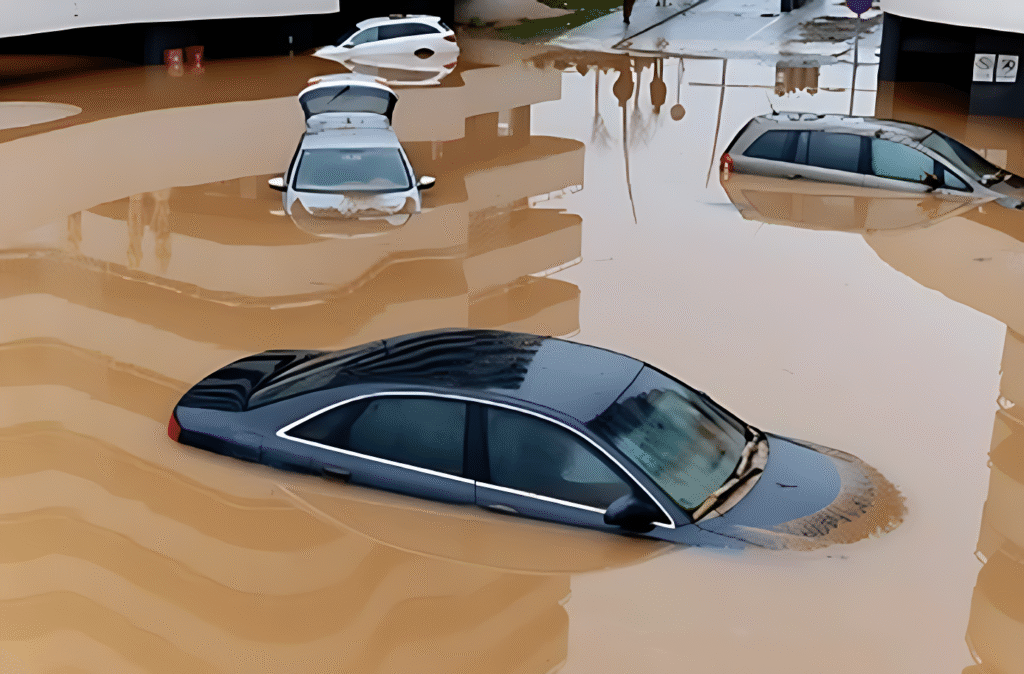
3. Extreme Weather
- Texas Winter Storm (2021): Left over 4.5 million people without power.
- Hurricanes and wildfires in California and Louisiana have also caused rolling blackouts.
- Climate change is increasing the frequency and severity of these events.
🧭 Step-by-Step: How to Prepare for a Grid Failure
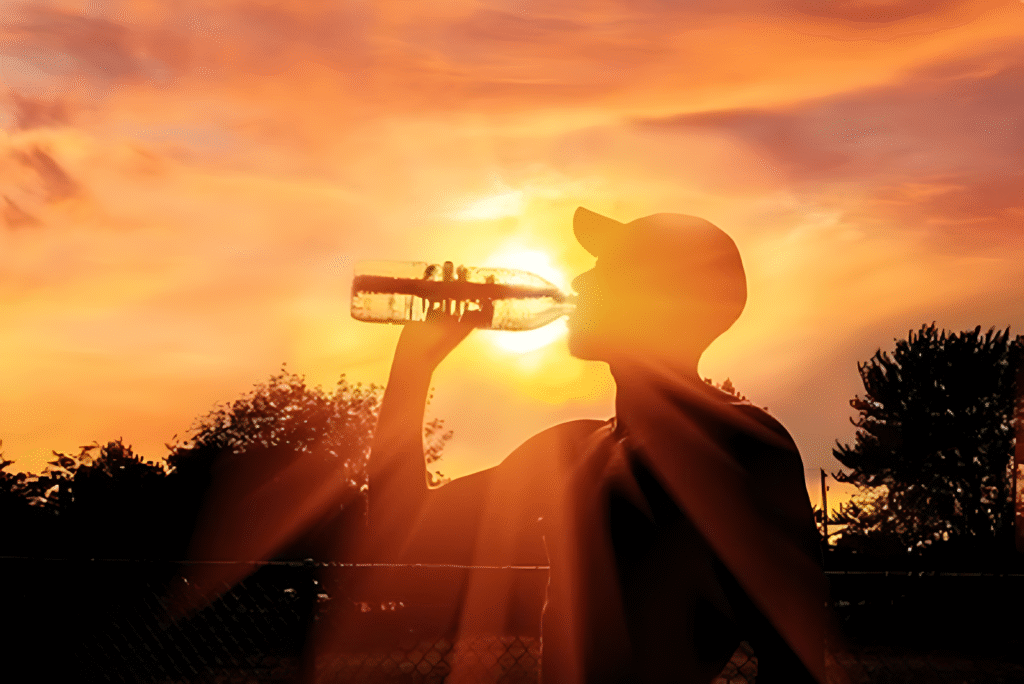
1. Water is Life
When power goes out, water systems can fail quickly due to loss of pressure or contamination.
- Store at least 1 gallon of water per person per day (FEMA recommends a 3-day minimum, ideally 2 weeks).
- Buy water purification tablets or a gravity-fed water filter (Berkey, LifeStraw Family, or Sawyer).
- Know where your nearest natural water source is—and how to safely treat it.
2. Backup Power Options
Without electricity, heating, cooking, communication, and even medical devices stop working.
- Generators: Gasoline, propane, or dual-fuel generators (remember fuel storage limitations).
- Solar Panels + Battery Bank: Silent, sustainable, and safe for indoor charging.
- Power Stations (like Jackery, EcoFlow, or Bluetti): Good for phones, radios, lights, CPAPs.
Pro Tip: Never run gas generators indoors. Carbon monoxide kills.
3. Food Storage & Cooking
Grid-down means stores may be closed, ATMs offline, and cold food spoiling fast.
- Stock up on non-perishable food: Canned meats, dry grains, rice, beans, oats, peanut butter, powdered milk, etc.
- Manual can opener
- Alternative cooking methods: propane camp stove, rocket stove, solar oven, or charcoal grill.
4. Lighting and Warmth
Darkness brings danger—both physical and psychological.
- LED headlamps, lanterns, flashlights (solar or crank-powered are ideal).
- Candles or oil lamps (use safely).
- Mylar emergency blankets, thermal sleeping bags, or wool layers for heat retention.
5. Communication
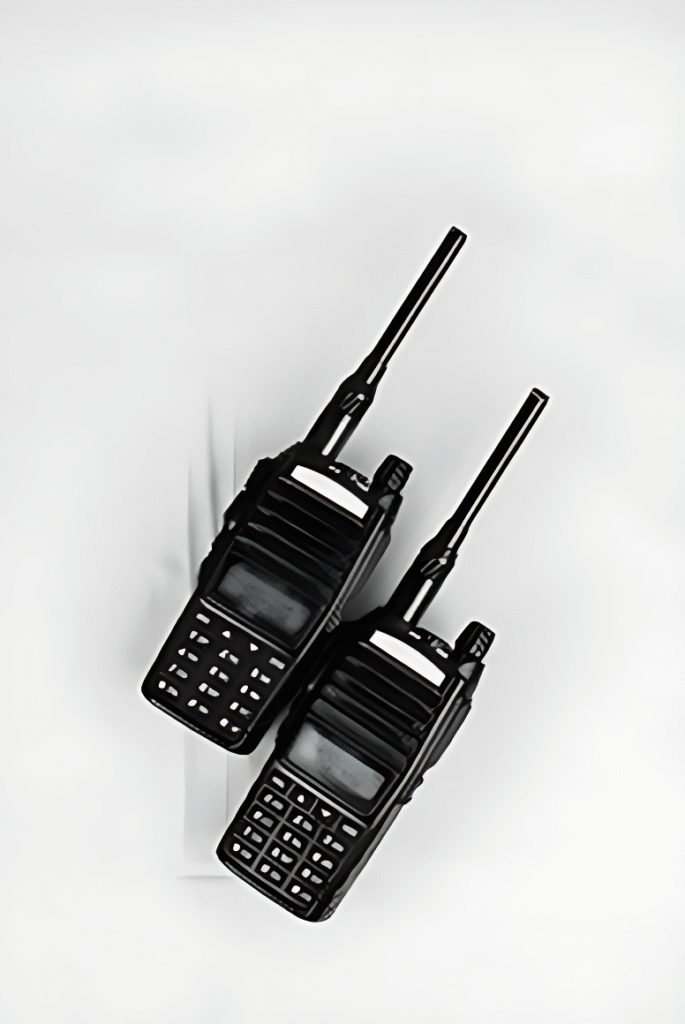
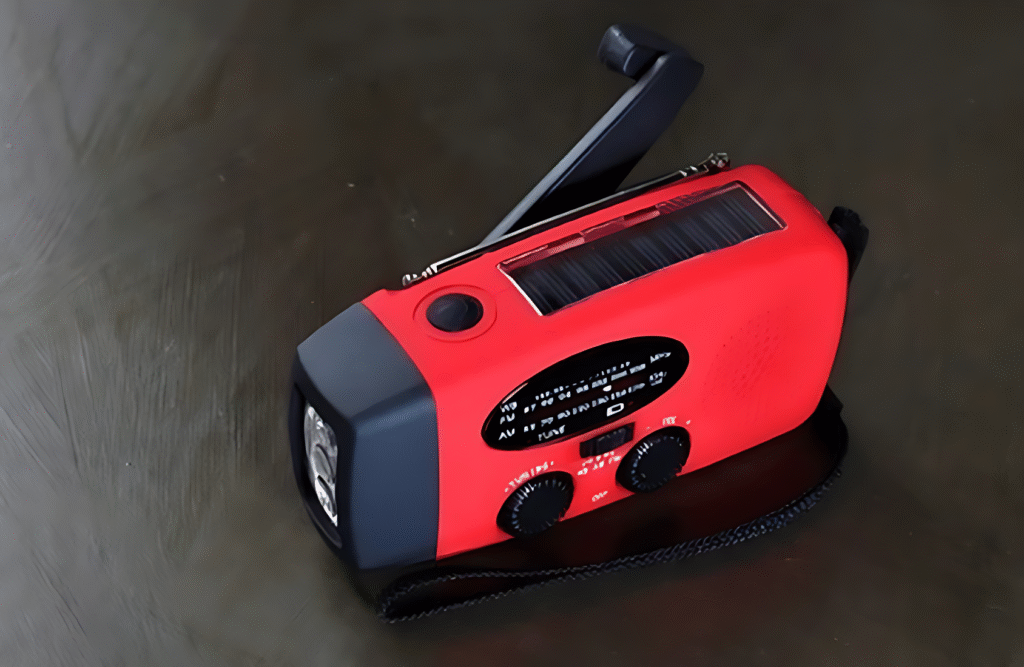
Without power, cell towers, landlines, and internet may go offline.
- NOAA emergency radio with crank/solar/battery power.
- 2-way radios (FRS/GMRS) for short-distance family communication.
- Learn basic ham radio use or connect with a local amateur radio club.
6. Sanitation & Hygiene
Power outages disable running water and sewage systems—leading to disease outbreaks if unaddressed.
- Store extra toilet paper, trash bags, and hand sanitizer.
- 5-gallon bucket with a toilet seat lid, kitty litter, or sawdust for a makeshift toilet.
- Stockpile baby wipes, baking soda, and vinegar for versatile cleaning.
7. First Aid & Medications
Access to hospitals and pharmacies may be limited or overwhelmed.
- Create a well-stocked first aid kit: gauze, antiseptics, gloves, trauma shears, burn cream.
- Keep at least a 30-day supply of prescription medications.
- Learn basic first aid and CPR.
8. Self-Defense
Desperation may bring danger.
- Understand your local laws on firearm ownership or self-defense tools.
- Security lighting, window locks, and neighborhood watch plans can deter looters.
- If you don’t want weapons, non-lethal options like pepper spray or personal alarms are better than nothing.
🧠 Mindset: The Most Powerful Tool
The most important prep isn’t gear—it’s mindset.
- Stay calm under pressure.
- Train with your gear before you need it.
- Involve your family in emergency drills and role-play different scenarios.
- Build a mutual aid network—know your neighbors, share skills and resources.
🗂 Bonus: Build a “Go Dark” Kit
Here’s a quick list to store in a bin or backpack, ready to deploy:
| Category | Items |
|---|---|
| Water | Gallons, filters, purification tabs |
| Power | Solar charger, battery bank, generator |
| Food | 3+ days of shelf-stable meals |
| Light | Lanterns, flashlights, extra batteries |
| Tools | Multi-tool, duct tape, wrench |
| Comms | Emergency radio, walkie-talkies |
| Medical | First aid kit, medications |
| Hygiene | TP, wipes, soap, buckets |
| Protection | Locks, self-defense items |
| Docs | Copies of ID, medical info, insurance |
🏡 Long-Term Considerations
If the power is out for weeks or months, consider:
- Solar arrays and battery systems
- Rainwater harvesting
- Home gardens and composting
- Barter systems with neighbors or communities
- Joining or forming a preparedness group or co-op
🔚 Final Thoughts
The time to start planning for an emergency situation is not tomorrow—it’s today.
Waiting until disaster strikes makes it nearly impossible to gather the resources and supplies you’ll need. When shelves are empty, power is out, and systems are down, your window for preparation has already closed.
The common recommendation to prepare for just two or three days might work for a brief power outage, but it’s dangerously inadequate for the kind of prolonged grid failure experts have warned about. We’ve seen this firsthand in places like Texas during the 2021 winter storm, or after hurricanes in the Southeast where some communities were without electricity for weeks. In those cases, three days barely scratched the surface.
Start where you are. Use what you have. Build toward what you’ll need.
Even if you can’t prepare for months right away, creating a realistic plan and long-term goal gives you direction. Prioritize essentials like water, food, lighting, communication, and medical needs. Add a little at a time. With each step, you’re reducing your vulnerability.
Power grid failure is not a fringe theory—it’s a real, documented risk. From cyberattacks to extreme weather, the threats are well known. Homeland Security, the Department of Energy, and national grid operators have all issued warnings about our fragile infrastructure.
Being prepared isn’t fear—it’s foresight.
By planning ahead, you’re not reacting with panic when the lights go out. You’re stepping into the storm with clarity, confidence, and resilience.
Let’s make this clear:
Preparedness isn’t paranoia. It’s responsibility.
It’s what we owe to ourselves, to our families, and to our communities.
—
Written By Scott Randy Gerber for The Tipping Point Tampa Bay Podcast. ©2025 All Rights Reserved Phillips Multimedia Group.
Tags:
#PowerGridFailure #Preparedness #SurvivalPlanning #EmergencyPreparedness #BlackoutReadiness #HomesteadSecurity #OffGridLiving #CrisisPreparedness #GridDown




